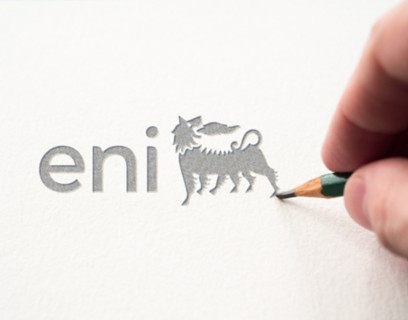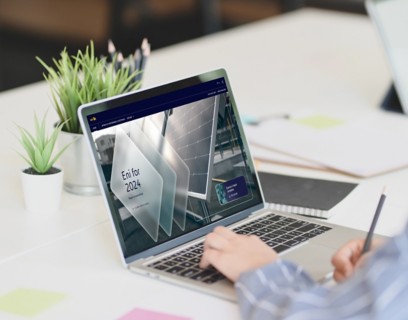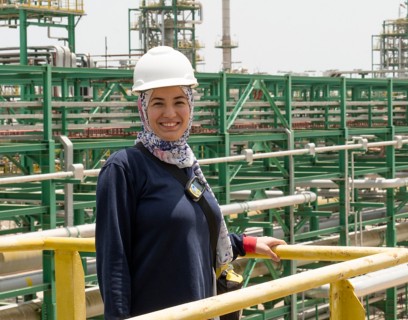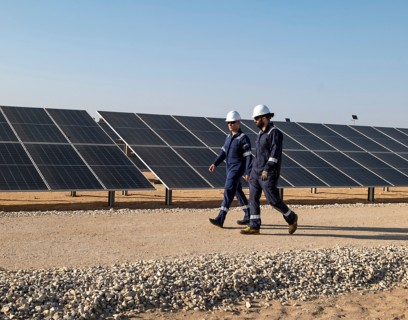Integrated Risk Management
We identify, analyse, quantify and monitor risks, as well as developing strategies to manage them.

A model that aims to strengthen company awareness
Eni has developed and adopted an Integrated Risk Management Model (IRM Model) supporting Eni’s management awareness in taking risk-informed decisions through risk assessment and analysis with an integrated, comprehensive and prospective vision.
The IRM Model is based on a system of methodologies and skills that leverages on criteria ensuring consistency of the evaluations to improve the effectiveness of the analyses, adequacy of support for the main decision-making processes (definition of the Strategic Plan) and to guarantee the disclosure to the administration and control bodies.
Risk Governance and guidelines for Risk management
Risk Governance attributes a central role to the Board of Directors (BoD) which defines, on the basis of the analyses proposed by the Chief Executive Officer (CEO) and with the support of the Control and Risk Committee, with reference to the four-year Strategic Plan, the nature and level of risk compatible with the company’s strategic objectives, including in its assessments all the elements that may be relevant with a view to the sustainable success of the company.
The Integrated Risk Management model (IRM)
Eni’s Chief Executive Officer (CEO) implements the BoD’s guidelines; the analysis is based on the scope of the work and risks specific of each business area and processes aiming at defining an Integrated Risk Management policy. The CEO also ensures the evolution of the IRM process consistently with business dynamics and the regulatory environment. At least quarterly, the IRM function presents the relevant results to the CEO, to the Control and Risk Committee, as well as, where required, to the other control and supervisory bodies. The CEO submits the results of the analysis on Eni’s main risks to the Board of Directors at least quarterly.
The Integrated Risk Management process (IRM)
The IRM process ensures the detection, consolidation and analysis of all Eni’s risks and supports the BoD to verify the compatibility of the risk profile with the strategic targets, also in a medium/long-term approach. The IRM supports management in the decision-making process by strengthening awareness of the risk profile and the associated mitigations.
The process, regulated by the Global Procedure “Integrated Risk Management” is continuous, dynamic and includes the following sub-processes: (i) Risk strategy; (ii) Integrated Risk Assessment; (iii) Integrated Country Risk; (iv) Integrated Project & M&A Risk Management.
The “Integrated Risk Assessment” sub-process
The “Integrated Risk Assessment” sub-process includes: periodic risk assessment and monitoring cycles in order to understand the risks taken on the basis of the strategic targets of the four year strategic plan also looking at the medium/long-term, through the definition, evaluation and monitoring of the main company’s risks and the related treatment measures; assessment activities on industrial assets; other analyses on specific risks. Furthermore, activities regarding the integrated analysis of existing risks in the main Countries of presence or potential interest and activities to support the sub-process “Integrated Country Risk” ICR the decision- making process for the authorization of investment projects and main transactions are performed (sub-process “Integrated Project Risk Management and M&A Risk Management”).
The risks are assessed with quantitative and qualitative tools considering both the likelihood of occurrence and the impacts that may results from the occurrence of the risk in a defined time horizon.
Risk Knowledge, training and risk communication activities are carried out, aimed at increasing the dissemination of the risk culture, identifying, developing and strengthening the resources operating
Eni’s top risks portfolio consists of 20 risks classified in: (i) external risks, (ii) strategic risks and, finally, (iii) operational risks.



















